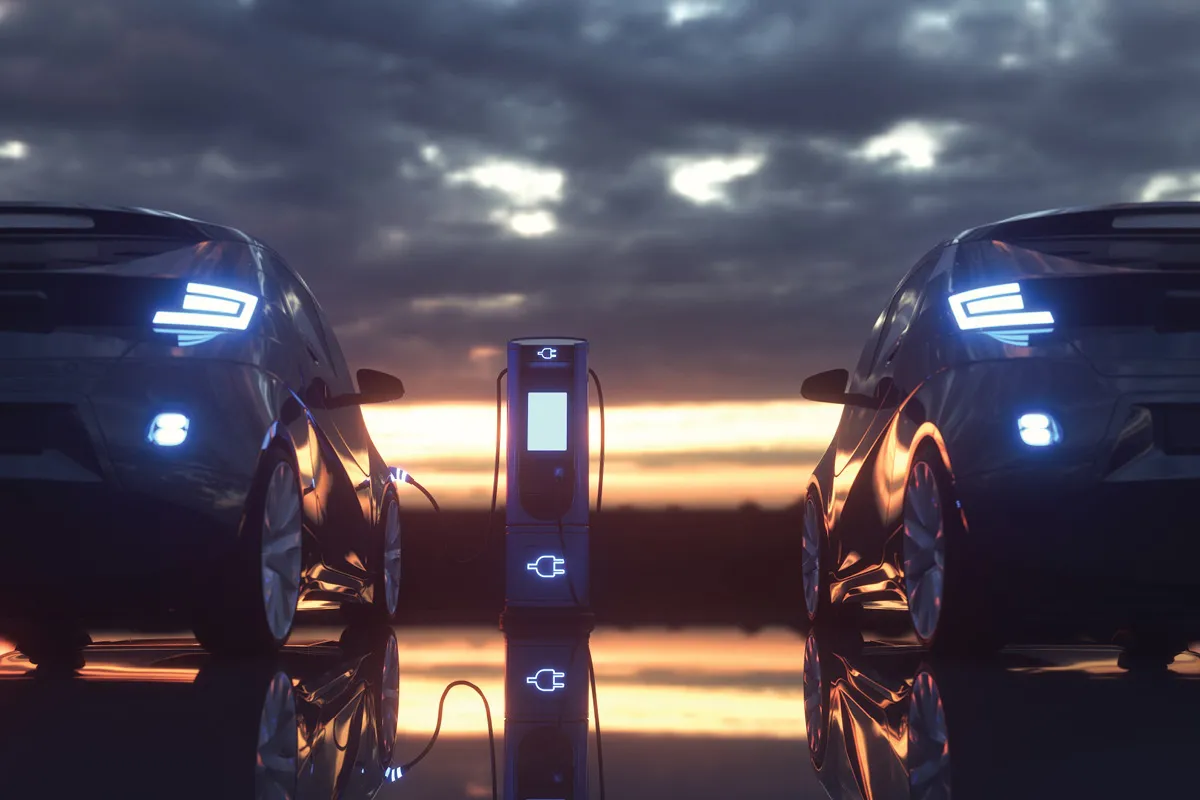As the automotive industry adjusts to the changing priorities of the electric vehicle (EV) consumer, OEMs are being forced to find new and innovative ways to monetize their products to a discerning audience. The US results from our Global Automotive Study reveal one of the most striking findings to emerge - a pronounced shift in attitudes towards vehicle ownership, as over 70% of both Gen Z and Millennials indicate an openness to leasing EV batteries separately from the rest of the vehicle. Given that Gen Z and Millennials are leading the charge for electrification, this shift in behavior is paving the way for novel approaches to monetization that automakers may leverage for years to come.
Traditionally, the appeal of owning a vehicle outright was rooted deeply in the American psyche. When we bought cars, we owned every piece of equipment from bumper to bumper. However, this long-standing practice is undergoing a transformation.
As vehicle prices continue to press upwards and macroeconomic headwinds persist, customers are embracing the concept of flexibility in their vehicle purchasing decisions. The openness from younger buyers towards flexible pricing models such as battery leasing indicates a growing consciousness of affordability, and a departure from our typical notions of ownership. When we dig a bit deeper into the implications of such a strategy, we see that, when executed effectively, battery leasing creates many positive impacts for both consumers and manufacturers.
Leasing an EV battery separately from the vehicle holds multifaceted implications.
- Given that EV technology is still in its relative infancy, there is significant uncertainty surrounding battery longevity and residual values of current EV models. The resulting consumer anxiety is solved through battery leasing, as the value proposition of the most volatile component in an EV is separated entirely. As such, customers who lease batteries do not need to worry about excessive depreciation or battery degradation, making their vehicles more valuable to them and subsequent owners in the long run.
- Beyond depreciation, leasing a battery also removes the largest potential maintenance item from EVs. As such, this leasing model can be considered an “extended warranty” of sorts, protecting owners against a key (and potentially costly) failure point into perpetuity, for a price.
- Battery leasing has major implications on headline price. Historically, the upfront cost of a car is the same whether it is driven for 3 months or 5 years. Now, some of that cost can be amortized on a subscription basis, and the upfront costs can theoretically be reduced (while creating recurring revenue streams for automakers). Resulting monthly payments may not change drastically, however needing a smaller down payment to gain access to a vehicle due to this model could entice younger buyers to consider going electric sooner.
- Furthermore, battery leasing creates opportunities for automakers to simplify their “tiering” strategies, while enhancing flexibility for consumers and enticing them with upgrades. Imagine buying a vehicle and leasing a small battery to start, then getting a raise and changing your subscription to a larger (and thus more powerful and longer range) battery, while keeping the same car. Think of it as buying a BMW 320i, and being able to upgrade it to an M3 on demand.
- Finally, battery leasing serves to introduce customers to the concept of “de-bundling”, where certain features or equipment on a vehicle can be paid for outside of the purchase price. Customers can acclimate to this concept through the pragmatic use case of battery leasing, but that comfort may extend to other profit centers. For example, automakers have been trying to crack the code to subscription offerings for options such as heated seats with little success. Shifting the consumer mindset through the de-bundling of EV batteries may be a step in the right direction.
This is pivotal time for OEMs, given the opportunity to fundamentally rethink vehicle monetization. However, it is critical to note that added flexibility will only resonate with consumers if the overall value proposition is still compelling. While battery leasing has been tried before by a well-capitalized player entering the US EV market, it was quickly scrapped given that the upfront costs were not reduced enough to entice potential buyers to de-bundle. As such, OEMs must be thoughtful regarding their path forward, potentially offering a range of pricing models for those who still prioritize ownership, as well as those who champion flexibility.
If your organization is ready to discuss your automotive pricing model, contact our experts today.








